The Manx Cat: When War Nearly Silenced the Tailless Wonder
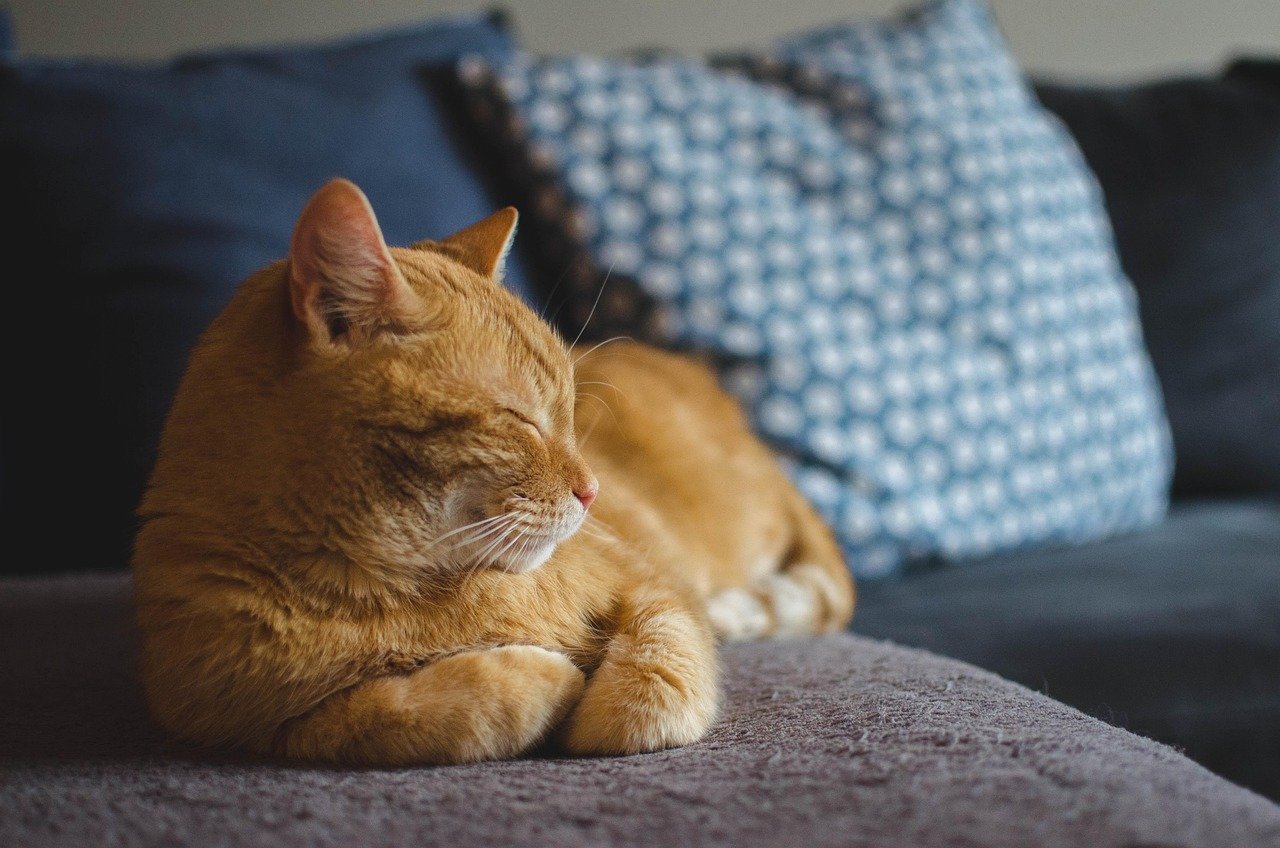
Picture this: an entire cat breed with fewer than 30 individuals left on Earth. That’s exactly what happened to the Manx cat during World War II when the Isle of Man faced severe food shortages.
These tailless cats, known for their rabbit-like hop and dog-like loyalty, were literally starving to extinction. Local families could barely feed themselves, let alone their beloved pets. The situation got so desperate that many thought the Manx would become nothing more than a memory.
But here’s where it gets amazing – a small group of dedicated islanders refused to let their iconic breed disappear. They shared their meager food rations and created underground breeding networks that would make any resistance fighter proud.
Russian Blue: Surviving Stalin’s Purges and Cold War Chaos
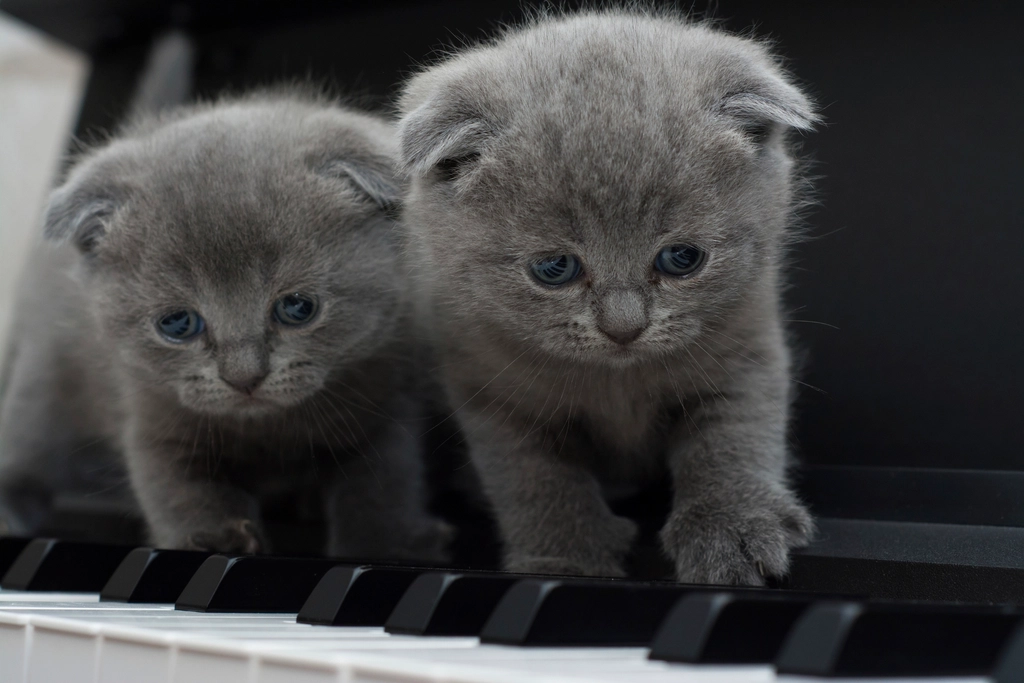
The Russian Blue’s story reads like a spy thriller from the Cold War era. These elegant silver cats with emerald eyes were once the darlings of Russian nobility, but the 1917 Revolution changed everything overnight.
Stalin’s regime viewed anything associated with aristocracy as dangerous, including these beautiful cats. Many were killed or abandoned as their wealthy owners fled or were imprisoned. By the 1950s, finding a purebred Russian Blue was harder than getting a visa to Moscow.
Ironically, it was Western cat enthusiasts who saved this Russian treasure. British and American breeders smuggled genetic material and worked tirelessly to rebuild the population from just a handful of survivors.
Turkish Angora: The Ancient Beauty That Nearly Became Ancient History

Imagine a cat so beautiful that it was considered Turkey’s national treasure, yet it almost vanished completely. The Turkish Angora, with its silk-like coat and mismatched eyes, faced near-extinction in the early 1900s.
These cats were so prized that the Ankara Zoo literally locked them up like crown jewels, refusing to let anyone breed them. This overprotective approach backfired spectacularly – the gene pool became dangerously small, and the cats started developing serious health problems.
The breakthrough came when American military personnel stationed in Turkey fell in love with these felines. They convinced zoo officials to allow careful breeding programs, essentially saving the breed through diplomatic cat diplomacy.
Egyptian Mau: When Ancient Bloodlines Almost Disappeared Forever
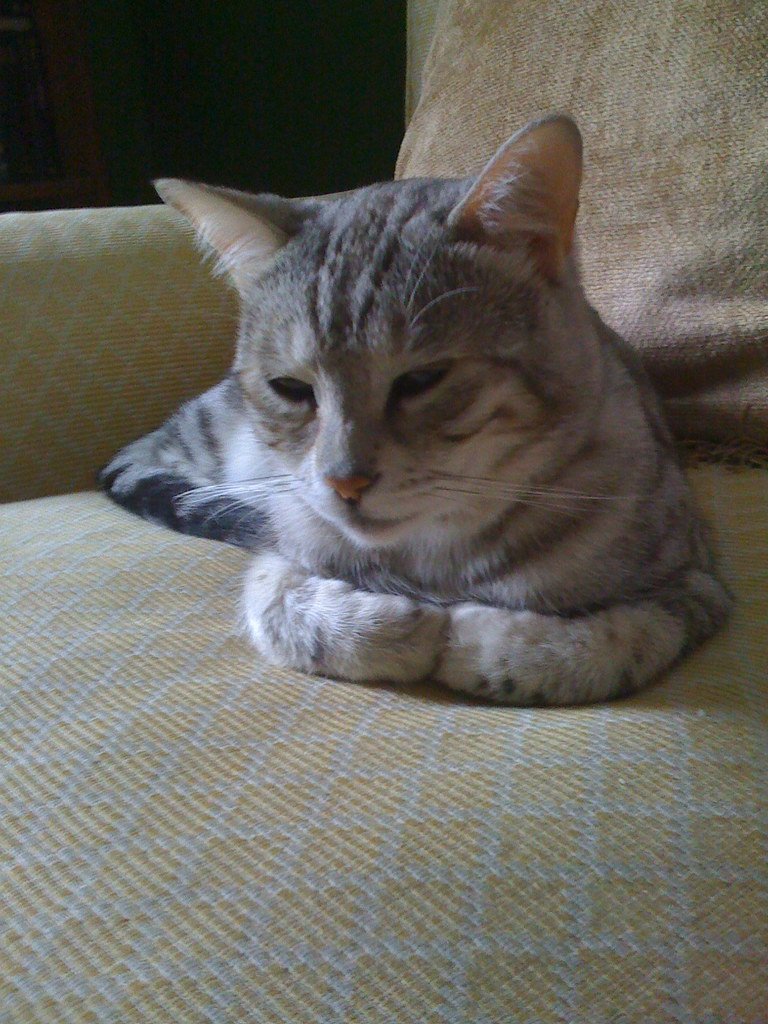
The Egyptian Mau holds the title of being the world’s fastest domestic cat, capable of running 30 mph. But speed couldn’t save this ancient breed from almost becoming extinct in the 1950s.
These spotted cats, once worshipped by pharaohs, were down to fewer than 20 individuals worldwide. Political upheaval in Egypt and two world wars had decimated their numbers. The situation was so dire that cat registries were considering removing them from official breed lists.
Enter Princess Nathalie Troubetskoy, a Russian exile living in Italy who became obsessed with saving the Mau. She smuggled cats from Egypt and created a breeding program that literally brought this ancient breed back from the brink of oblivion.
Chartreux: The French Monastery Cat That Survived Religious Upheaval
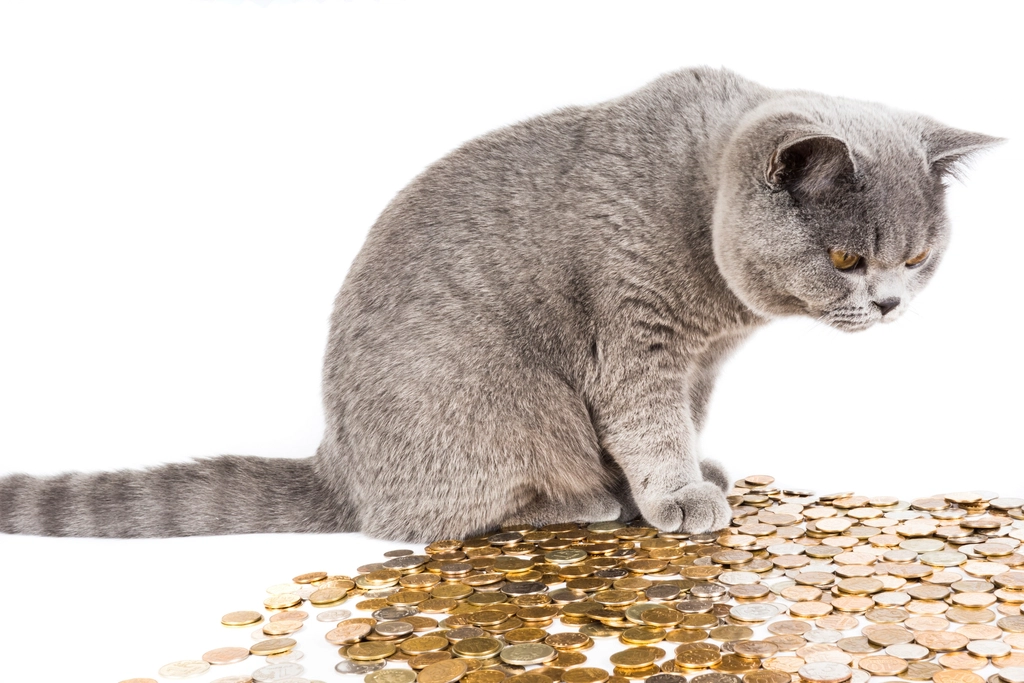
The Chartreux cat’s survival story is intertwined with French history itself. These blue-gray cats lived peacefully in Carthusian monasteries for centuries, but the French Revolution turned their world upside down.
When monasteries were destroyed and monks scattered, these cats suddenly found themselves homeless and unwanted. Their population plummeted so dramatically that by the 1920s, people thought they were completely extinct.
Two French sisters, Christine and Suzanne Léger, discovered a small colony of these cats on a remote island and dedicated their lives to rebuilding the breed. Their 30-year mission literally saved the Chartreux from disappearing into history books.
Korat: Thailand’s Silver Treasure That Almost Lost Its Shine

In Thailand, the Korat cat is considered so lucky that they’re given as wedding gifts to ensure prosperity. But these silver-blue beauties with heart-shaped faces nearly became extinct in their homeland during the 1960s.
Rapid modernization and urbanization in Thailand meant that traditional cat-keeping practices were abandoned. The Korat population crashed as people moved to cities and adopted Western pets instead. By 1965, there were fewer than 50 Korats left in the entire country.
American servicemen stationed in Thailand became unlikely heroes when they fell in love with these cats and brought breeding pairs back to the United States. The American Korat population actually helped save the breed in its native land.
LaPerm: The Curly-Coated Survivor of Genetic Rarity
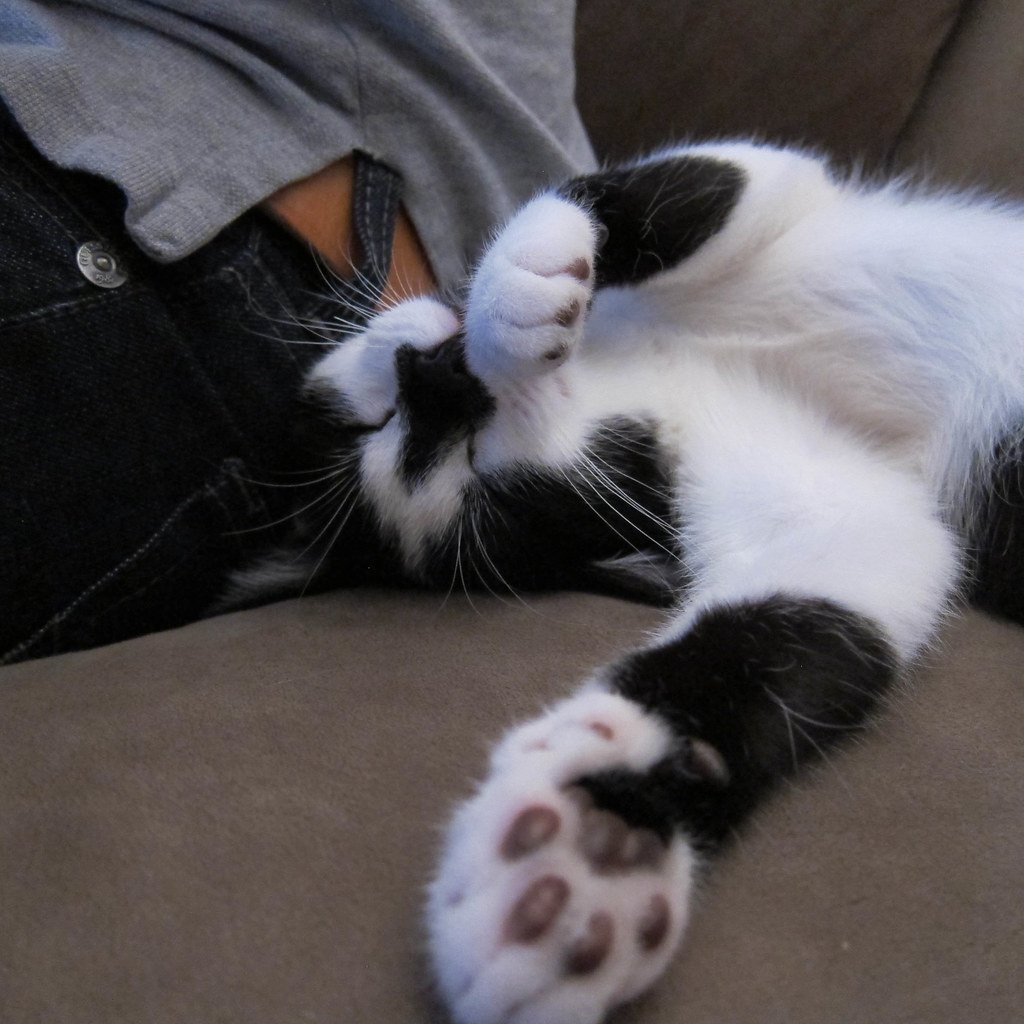
The LaPerm’s story is unique because this breed almost went extinct before anyone even knew it existed. These cats with their distinctive curly coats appeared spontaneously on an Oregon farm in the 1980s, the result of a rare genetic mutation.
The original breeding cat, Curly, produced only a few offspring with the curly coat gene. When Curly died unexpectedly, the entire breed’s future hung by a thread – literally just three cats carried the precious curly gene.
Linda Koehl, the farm owner, didn’t realize she was sitting on a genetic goldmine until cat geneticists convinced her to start a serious breeding program. Today, the LaPerm population is stable, but it took decades of careful breeding to ensure their survival.
The Genetic Bottleneck: Why These Breeds Faced Extinction

Most of these breeds didn’t almost disappear because they were unpopular – they faced extinction due to what scientists call “genetic bottlenecks.” This happens when a breeding population becomes so small that genetic diversity plummets dangerously low.
Wars, natural disasters, and social upheaval repeatedly decimated cat populations throughout history. Unlike dogs, which were often working animals deemed “essential,” cats were frequently seen as luxury pets that could be abandoned during tough times.
The fact that these breeds survived at all is testament to the dedication of individual cat lovers who refused to let unique genetic lines disappear forever. Each breed’s survival story involves ordinary people making extraordinary sacrifices.
Modern Conservation Efforts: How We’re Protecting Rare Breeds Today

Today’s cat breed conservation looks very different from the desperate rescue missions of the past. Modern geneticists use DNA analysis to maintain healthy breeding populations and prevent inbreeding.
International cat registries now maintain detailed breeding records and genetic databases. They can track bloodlines across continents and identify when a breed’s genetic diversity is becoming dangerously low. It’s like having a early warning system for breed extinction.
Some organizations are even creating “genetic banks” – frozen sperm and embryos that could theoretically restore a breed even if it completely disappeared. It sounds like science fiction, but this technology is already being used to save endangered wild cats.
The Ripple Effect: How Saving One Breed Helps Others
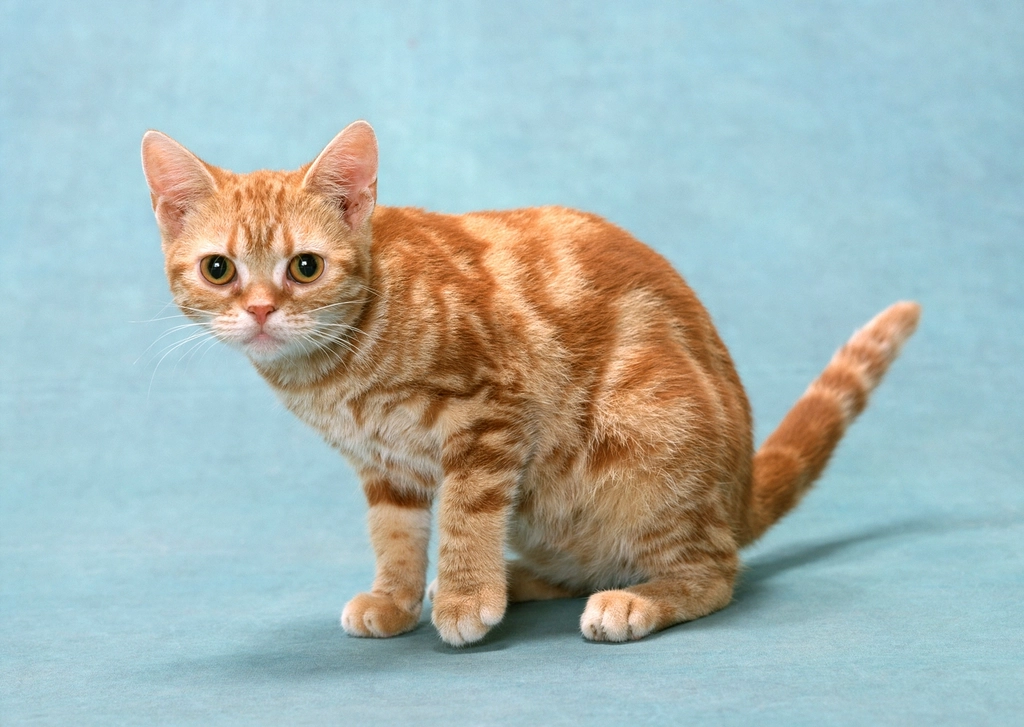
The techniques developed to save these near-extinct breeds have revolutionized cat breeding practices across the board. Genetic testing, careful population management, and international cooperation are now standard practices.
Every time a breed is saved from extinction, we learn something new about feline genetics and health. The research conducted on Russian Blues, for example, has helped identify genetic markers for certain diseases that affect many cat breeds.
These conservation success stories have also inspired a new generation of cat enthusiasts who are passionate about preserving genetic diversity. Young breeders are now choosing rare breeds specifically because they want to contribute to conservation efforts.
What This Means for Cat Lovers Today
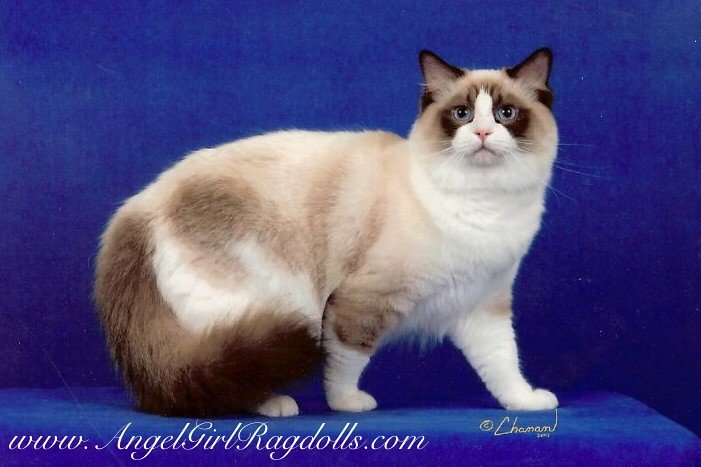
If you’re considering adding a cat to your family, choosing one of these rescued breeds isn’t just about getting a unique pet – you’re participating in a living conservation success story. Every healthy kitten born from these breeds represents a victory against extinction.
These breeds often have fascinating personalities shaped by their unique histories. Manx cats really do act more like dogs, Turkish Angoras are incredibly intelligent, and Egyptian Maus form intense bonds with their families. Their genetic diversity also often makes them healthier than more popular breeds.
Supporting breeders who specialize in these rare breeds helps ensure that future generations will be able to experience the joy of living with these remarkable cats. It’s a way of honoring the people who sacrificed so much to save them.
The Future of Feline Genetic Diversity
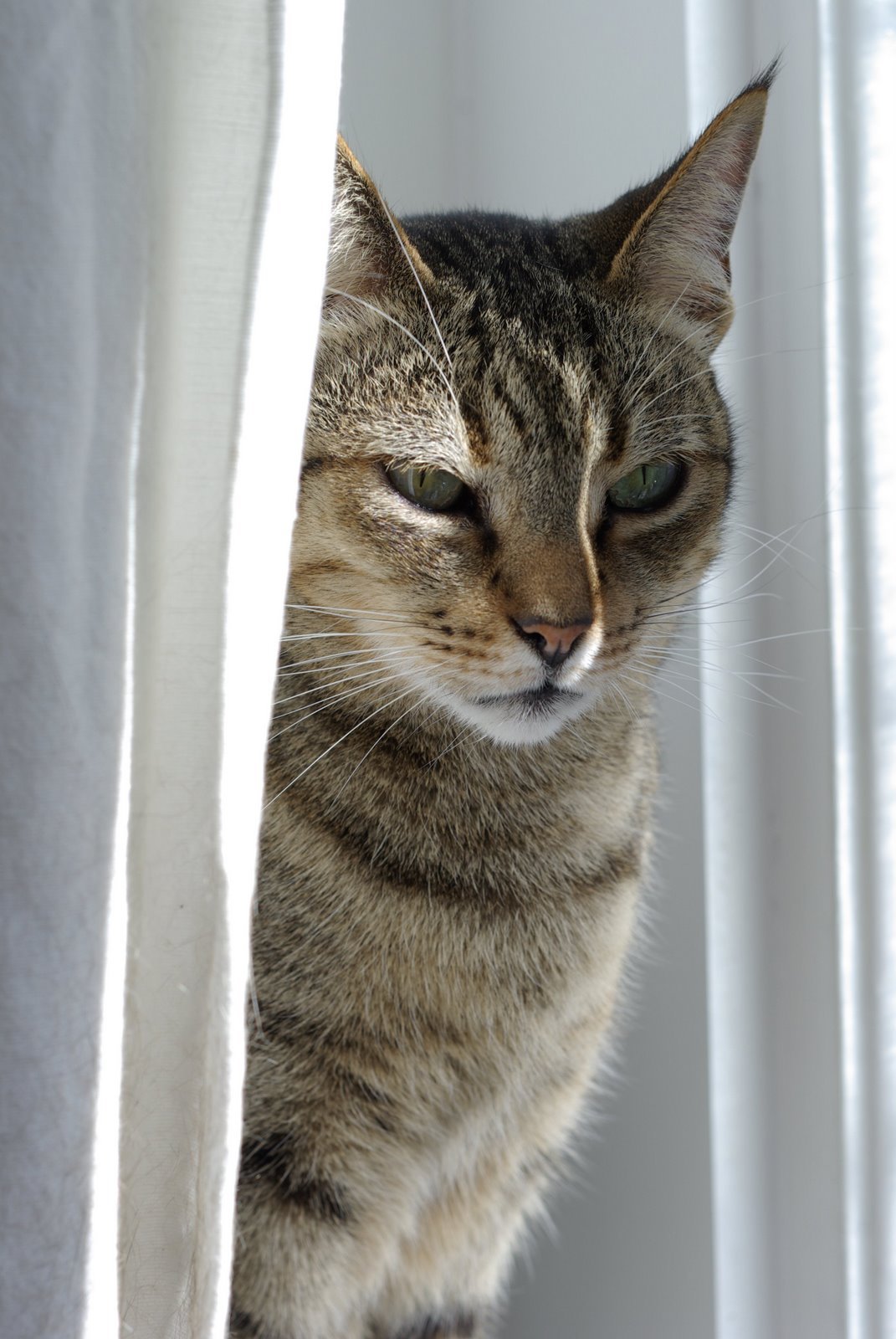
The story of these seven breeds proves that extinction isn’t always forever – but it also shows how quickly we can lose something precious. Climate change, urbanization, and changing lifestyles continue to threaten rare cat breeds around the world.
Scientists are now working on even more advanced preservation techniques, including genetic engineering that could theoretically restore extinct breeds from DNA samples. But most experts agree that prevention is still better than resurrection.
The real lesson from these survival stories is that individual actions matter enormously. Every person who chooses to breed, rescue, or simply appreciate these rare cats is contributing to a genetic legacy that spans thousands of years. Which of these remarkable survivors has captured your heart?
Hi, I’m Bola, a passionate writer and creative strategist with a knack for crafting compelling content that educates, inspires, and connects. Over the years, I’ve honed my skills across various writing fields, including content creation, copywriting, online course development, and video scriptwriting.
When I’m not at my desk, you’ll find me exploring new ideas, reading books, or brainstorming creative ways to solve challenges. I believe that words have the power to transform, and I’m here to help you leverage that power for success.
Thanks for stopping by, Keep coming to this website to checkout new articles form me. You’d always love it!






